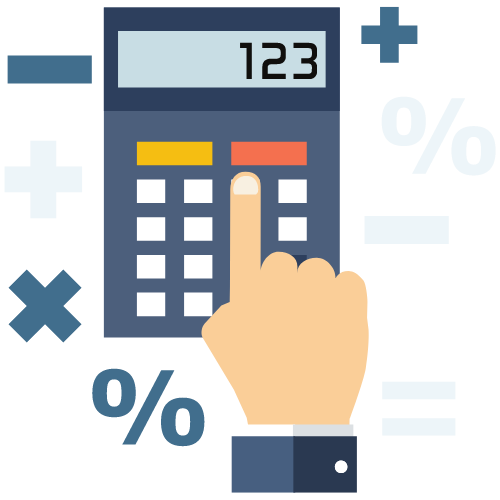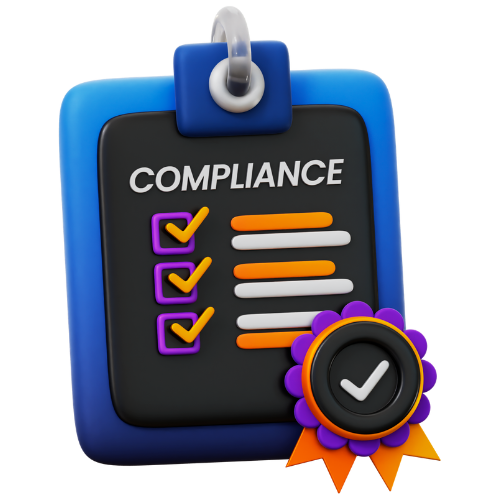The Process of Creating a Trust Deed: Essential Components
Learn about the essential components involved in creating a trust deed, including the settlor, trustee, beneficiaries, assets, and terms of the trust. Understand the process of establishing a trust to ensure your assets are protected and distributed according to your wishes.
The Process of Creating a Trust Deed: Essential Components
Creating a trust deed is an essential part of estate planning for many individuals. A trust deed is a legal document that outlines the terms and conditions of a trust, which is a legal arrangement where one party (the trustee) holds assets on behalf of another party (the beneficiaries). Understanding the essential components involved in creating a trust deed can help ensure that your assets are protected and distributed according to your wishes.
The Settlor
The settlor, also known as the grantor or trustor, is the individual who creates the trust and transfers assets into it. The settlor decides the terms of the trust, including how the assets should be managed and distributed. It is important for the settlor to carefully consider their goals and wishes when creating a trust deed to ensure that their intentions are clearly outlined.
The Trustee
The trustee is the individual or institution responsible for managing the assets held in the trust and ensuring that the terms of the trust are carried out. The trustee has a fiduciary duty to act in the best interests of the beneficiaries and to follow the instructions outlined in the trust deed. Choosing a trustee is a crucial decision, as they play a key role in overseeing the trust and ensuring that it operates effectively.
The Beneficiaries
The beneficiaries are the individuals or entities who will benefit from the assets held in the trust. Beneficiaries can include family members, friends, charities, or any other person designated by the settlor. It is important to clearly identify the beneficiaries in the trust deed to ensure that they receive the intended benefits according to the terms of the trust.
The Assets
The assets held in the trust can include a wide range of assets, such as real estate, investments, bank accounts, and personal property. The settlor determines which assets are transferred into the trust and how they should be managed and distributed. Properly identifying and transferring assets into the trust is a critical step in creating a trust deed and ensuring that the trust operates as intended.
The Terms of the Trust
The terms of the trust outline the specific instructions and conditions that govern how the trust should operate. This can include how the assets are to be managed, when and how they should be distributed to the beneficiaries, and any other conditions or requirements set forth by the settlor. The terms of the trust should be carefully drafted to clearly express the settlor's intentions and ensure that the trust operates in accordance with their wishes.
Establishing a Trust
Establishing a trust involves several key steps, including:
- Creating a Trust Agreement: The trust agreement is a legal document that outlines the terms and conditions of the trust. It is important to work with an experienced attorney to draft a trust agreement that accurately reflects the settlor's intentions and complies with relevant laws and regulations.
- Transferring Assets: The settlor must transfer assets into the trust, which typically involves changing the title or ownership of the assets to the name of the trust. This process can vary depending on the type of asset and may require additional documentation or legal steps.
- Choosing a Trustee: The settlor must select a trustee to manage the trust and oversee the distribution of assets to the beneficiaries. The trustee should be someone trustworthy and capable of fulfilling their fiduciary duties effectively.
- Notifying Beneficiaries: It is important to notify the beneficiaries of their status and rights under the trust. This can help prevent misunderstandings or disputes in the future and ensure that the beneficiaries are aware of the terms of the trust.
Asset Protection and Distribution
One of the key benefits of creating a trust is asset protection. By transferring assets into a trust, the settlor can safeguard them from creditors, legal claims, and other risks. Additionally, a trust can provide a means of distributing assets to beneficiaries in a controlled and efficient manner, helping to avoid probate and minimize estate taxes.
Properly structuring the trust deed and clearly defining the terms of the trust can help ensure that the assets are protected and distributed according to the settlor's wishes. Regularly reviewing and updating the trust deed as needed can also help to ensure that the trust continues to operate effectively and in line with the settlor's intentions.
Creating a trust deed is a complex but important process that requires careful consideration of the essential components involved. By understanding the roles of the settlor, trustee, beneficiaries, and assets, and by clearly outlining the terms of the trust, individuals can establish a trust that protects and distributes their assets according to their wishes. Working with experienced professionals, such as attorneys and financial advisors, can help ensure that the trust deed is properly drafted and executed, providing peace of mind for the settlor and beneficiaries alike.
Latest Updates
ca4filings.com Services
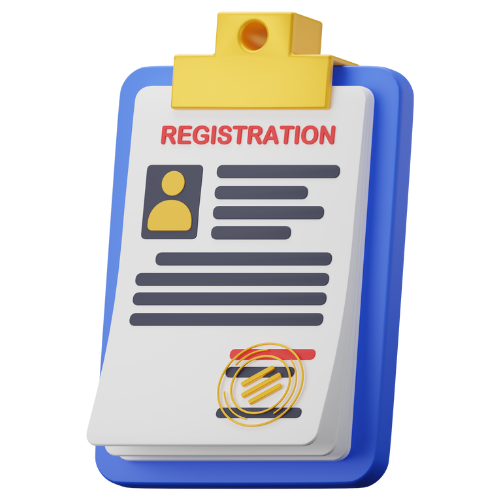








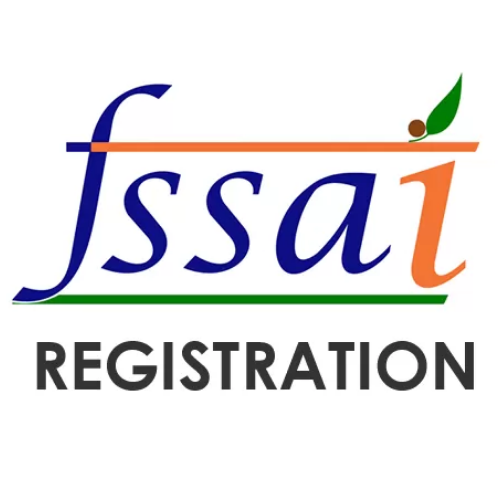
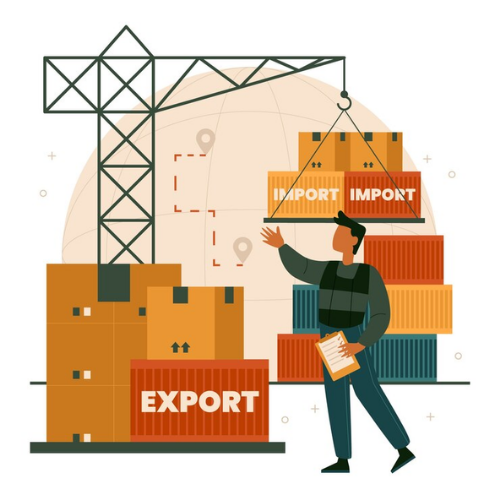




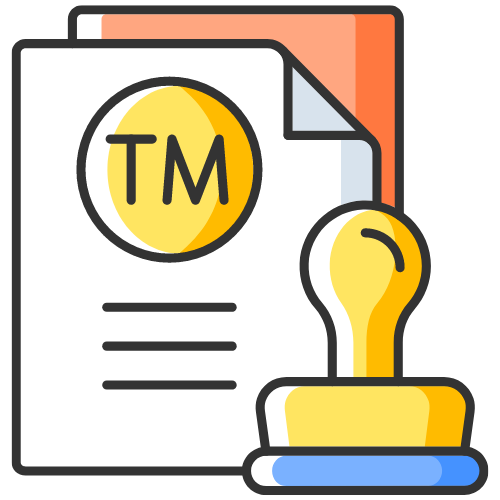







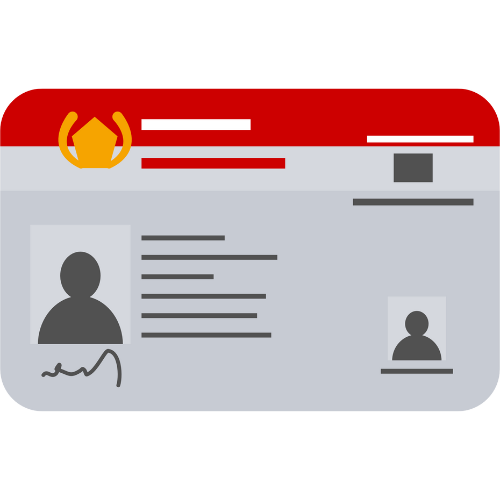
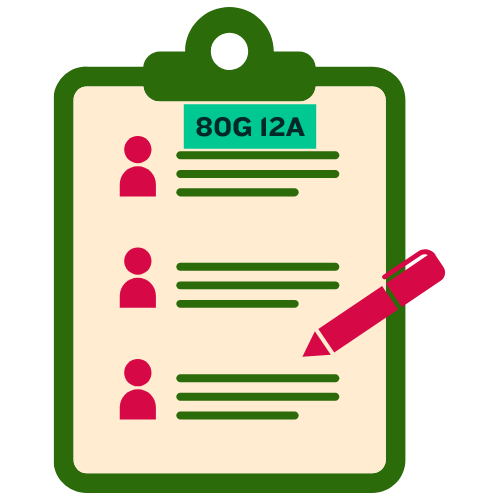
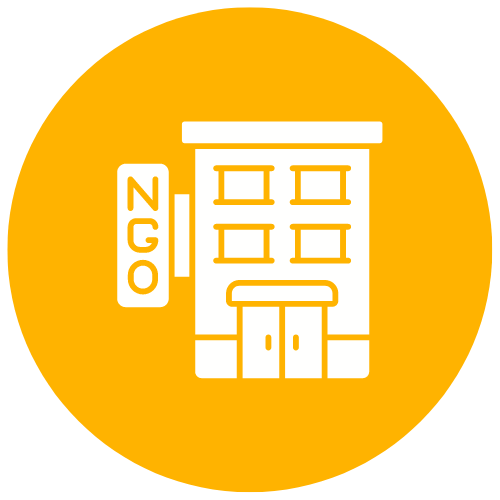

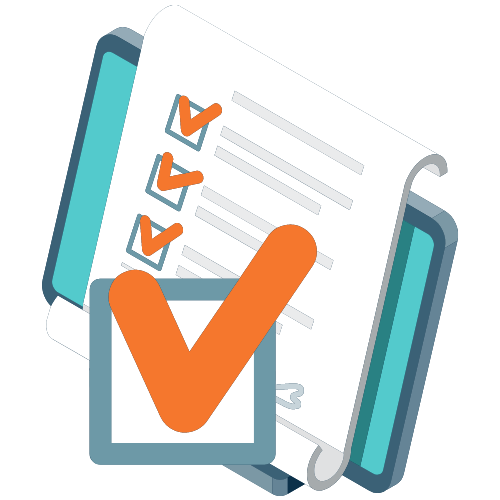
-registration.png)
